For many of us, we remember the days of the Apple Classic Macintosh. For [Erich Styger], his days of development in Pascal and Modula-2 are long over, but he still gets warm and tingly thinking back to the classic white box we knew and loved. So he decided to 3D print a Classic Mac to use as his Apple Watch charging station.
He started with an existing model on Thingiverse and modified it to better suit his needs — sharing CAD makes the design process go ever so much faster. It consists of two parts, an outer shell that looks like a Classic Mac, and an inner structure that holds the stock charger for your Apple Watch.
The result is an adorably small Classic Mac to sit on your desk in miniature form. It’s perhaps the most acceptable use of a $1000 Apple Watch we have ever seen.
Seriously though, the Apple Watch is nicely built — just take a look at the tear-down we covered.

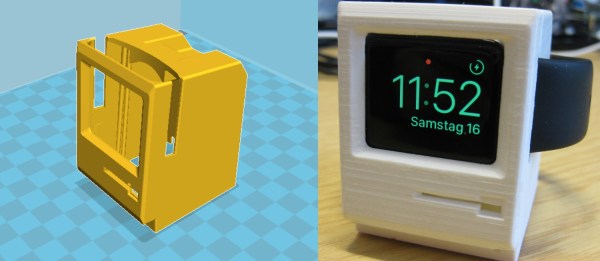
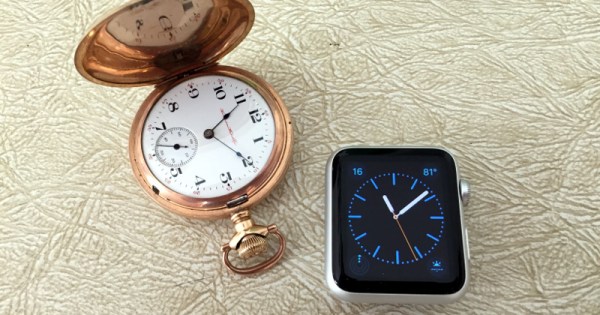
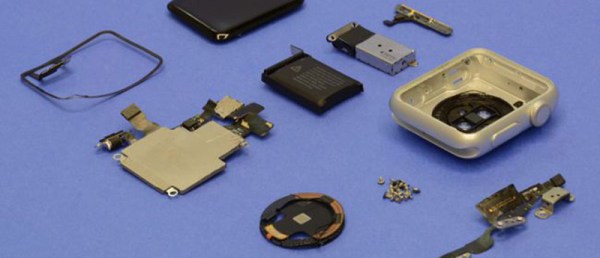
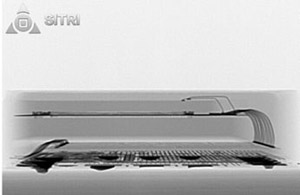
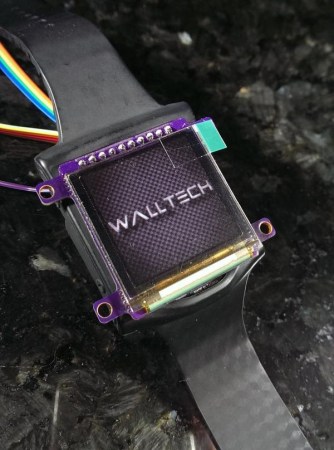
 The project featured in this post is
The project featured in this post is 








